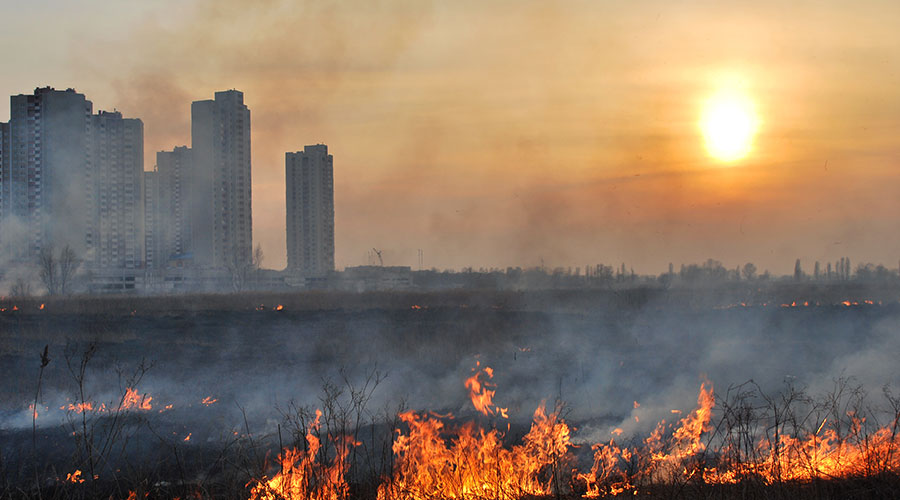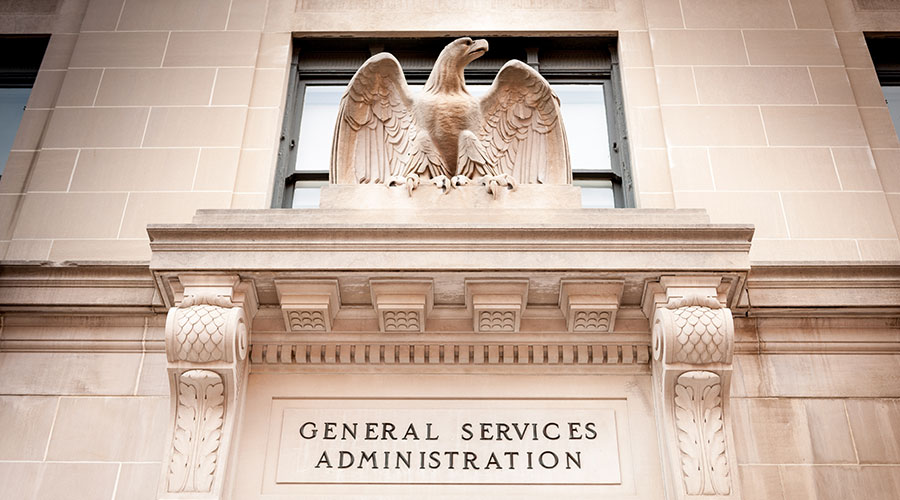
NIBS Urges Massive Spending on Disaster Preparedness
Report highlights that every $1 spent on resilience can yield up to $13 in savings from avoided losses. June 30, 2025
By Dan Hounsell, Senior Editor
Natural disasters are becoming more frequent, intense and costly to recover from, and institutional and commercial facilities are increasingly in the cross hairs of these events, which include hurricanes, wildfires and flooding. To better prepare and protect these facilities and their surrounding communities in such emergencies, one national organization is spotlighting cost-effective spending on facility resilience that can pay dividends.
The National Institute of Building Sciences (NIBS) recently released its 2025 Moving Forward Report that outlines the urgent need for proactive investment in disaster mitigation strategies. The report, Retrofitting for Resilience, highlights that every $1 spent on resilience can yield up to $13 in savings from avoided losses.
Extreme weather events have caused devastating financial and human losses across the United States, with cumulative disaster costs reaching nearly $3 trillion since 1980. In 2024 alone, 27 major disasters resulted in damage exceeding $1 billion each, underscoring the urgent need for resilience measures to protect lives, property, and local economies. The report urges policymakers, industry leaders and communities to take immediate action to support the retrofitting of buildings and infrastructure for enhanced resilience in the face of increasingly frequent and severe natural disasters.
Key recommendations focus on:
- Shared costs. Encourage public-private partnerships to distribute the cost of retrofitting among beneficiaries, including insurers, lenders, and government agencies.
- Investing in innovation and technology. Invest in research and development for advanced building materials and construction methods.
- Tax breaks, grants and other incentives. Implement tax credits, deductions and direct grants to support property owners in making resilience upgrades.
- Certifications and education. Expand training programs for contractors and implement public awareness campaigns to promote resilient construction practices.
- Updated building codes. Advocate for adopting modern, resilience-focused building codes to reduce long-term disaster recovery costs.
Dan Hounsell is senior editor for the facilities market. He has more than 30 years of experience writing about facilities maintenance, engineering and management.?
Next
Read next on FacilitiesNet












